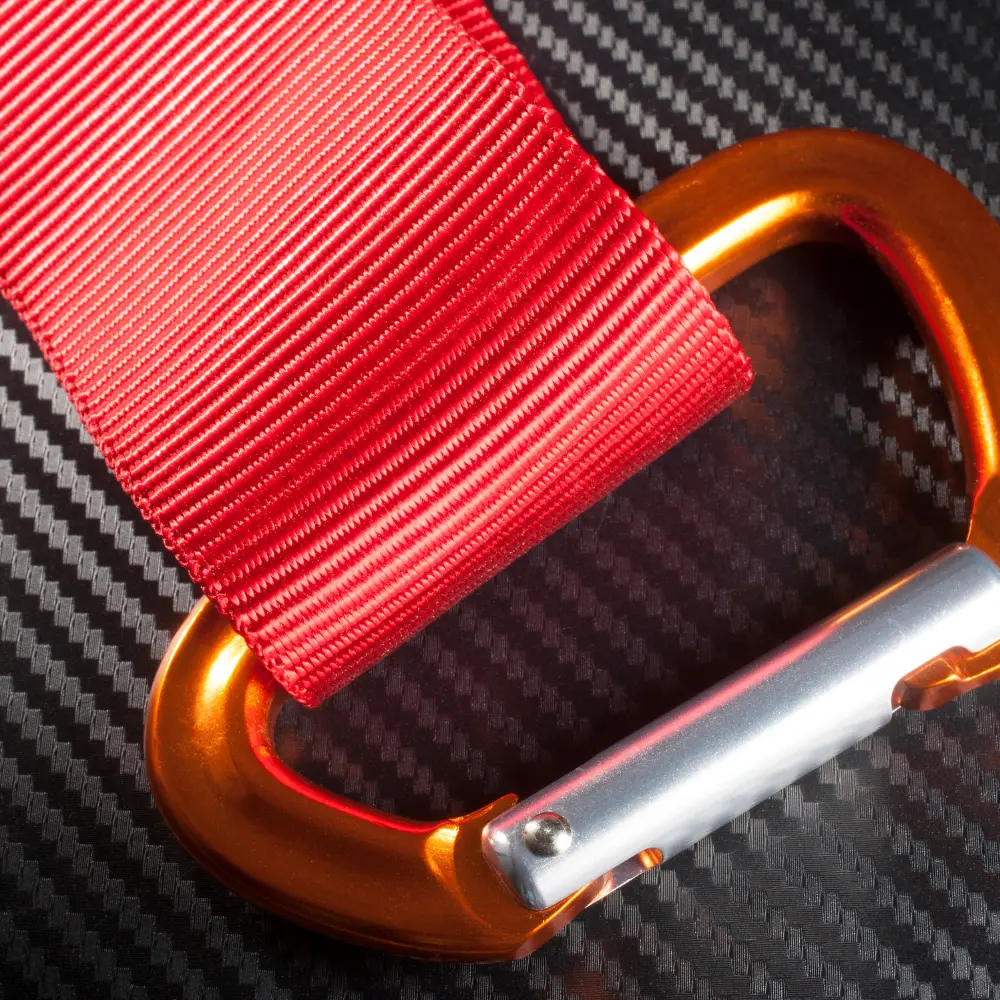- Local: (516) 346-4636
- Toll-Free: (800) 886-6060
- Fax: (516) 346-4366
- Email: kflynn@nationalwebbing.com

Outdoor gear is only as reliable as the materials used to build it. Product designers and procurement teams face constant pressure to ensure equipment remains durable, safe, and dependable, even under prolonged exposure to sunlight. Yet, despite its excellent strength and versatility, nylon webbing is particularly vulnerable to degradation from ultraviolet (UV) radiation. Overlooking the long-term effects of UV exposure often leads to premature product failure, unhappy customers, and potential safety hazards.
Ensuring your nylon webbing maintains its strength and integrity outdoors demands a clear understanding of how UV exposure affects its lifespan. By proactively addressing UV degradation, procurement and design teams can confidently select appropriate materials, implement protective measures, and significantly extend the usable life of their products.
Nylon webbing is initially highly durable, but consistent exposure to sunlight steadily weakens its fibers. Specifically, UV radiation breaks down nylon's polymer structure, gradually reducing tensile strength and causing brittleness. Even moderate sun exposure—just a few months—can cause noticeable strength loss, compromising load-bearing capability and overall product safety.
For instance, research indicates that nylon webbing may lose approximately 30% of its tensile strength after several months of exposure to direct sunlight. After about three years of continuous UV exposure, strength losses can exceed 50%. This deterioration isn't immediately visible, making regular inspections crucial. Key facts about nylon UV degradation:
Regular strength evaluations and proactive replacement schedules are essential when nylon webbing is used outdoors, especially in safety-critical applications such as harnesses, straps, and load-bearing gear.
Procurement and product design teams must understand how to identify early indicators of UV damage before safety or product performance is compromised. Unlike some materials, nylon doesn't show obvious signs of UV degradation at first glance. Early damage often goes unnoticed until it's too late. Signs indicating UV-related nylon webbing degradation include:
Proactively looking for these subtle changes helps identify weakened webbing early, allowing teams to replace materials before serious failure occurs. Establishing regular inspection intervals is critical for safety and maintaining product quality.
While UV degradation can't be entirely prevented, procurement and design teams can implement specific strategies to greatly minimize its impact. Choosing practical solutions tailored to product requirements significantly extends nylon webbing's outdoor lifespan. Practical steps to minimize UV damage include:
Applying these realistic, achievable measures ensures nylon webbing remains reliable and safe under real-world outdoor conditions, preserving product integrity and customer trust.
Selecting nylon webbing designed specifically with UV durability in mind directly impacts product reliability and long-term customer satisfaction. Procurement specialists and designers should prioritize nylon webbing with built-in UV protection, specifically formulated dyes, or protective finishes, particularly for products consistently exposed to sunlight. When sourcing UV-resistant nylon webbing, consider the following factors:
Taking these specific steps during material selection significantly reduces long-term UV deterioration risks, ensuring your products maintain safety and reliability under prolonged outdoor usage.
Even with proactive UV-resistance measures, regular inspection and scheduled replacement remain essential for preserving product quality and user safety. Procurement and design teams should clearly communicate recommended inspection timelines and replacement guidelines based on expected UV exposure. Recommended inspection guidelines include:
Implementing clear, practical inspection protocols and proactive replacement schedules ensures webbing degradation never reaches dangerous levels, preserving product reliability and customer satisfaction.
UV exposure undeniably impacts nylon webbing strength and lifespan, but clear awareness and proactive action by procurement specialists and product designers significantly mitigate its effects. By selecting UV-stable nylon webbing, adopting preventive strategies, and implementing practical inspection schedules, teams can confidently deliver durable, reliable products even under continuous outdoor exposure.
Our expert team is available to provide personalized assistance in selecting UV-resistant nylon webbing or guidance on developing UV mitigation strategies. Contact us today to ensure your product maintains peak performance and safety in any sun-intensive environment.